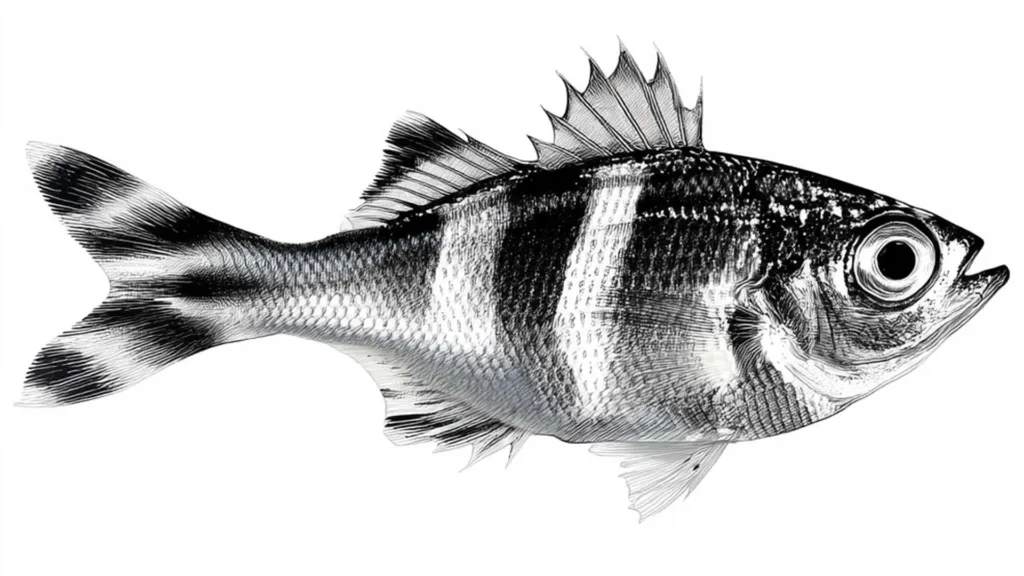We used to go to Thoondu, the northern beach of Fuvahmulah, at night to catch reef fish. One of the most common fish that we were able to catch was humpback snapper (gini mas). In Thoondu, the reef flat is not long. The reef contains a mixture of sand and corals. We use tuna belly and fish waste as bait to catch this fish. Usually, monofilament line of around 30 to 60 lb will be deployed to land these stealth fishes. We threw the bait as far as we could. We can feel the bait pulling away as it sinks and touches the bottom. We can detect strikes on the fishing line. As soon as we swallow the bait, the fishing line tightens, prompting us to tug it, pivot, and sprint upwards. Once we haul the fish onto the beach, we stop. In this fishing method, we also use small stones as ‘sinkers’ to prevent the lure from dragging away or moving side to side due to current and waves.
Instagram page embedding authorized by artist/architect mai.Jameel
This is a majestic fish playing a crucial role in the ecosystem. They prevent other species from dominating the area where they inhabit. But they don’t interfere with other fishes even if other species cross their territory. But they don’t hesitate to attack small fish that encroach on their turf. They also observe and regulate the herbivorous fish, such as parrotfish, damselfish, rabbitfish, unicornfish, and surgeonfish. This prevents degradation of the reef. These fish live at low depths. However, they also reside at a depth of approximately 150 meters. Seagrass and coral reefs are home to these snappers. Staying stationary near corals and slowly moving through the reefs attracts snorkelers. This is a fish often caught by spearfishing.




